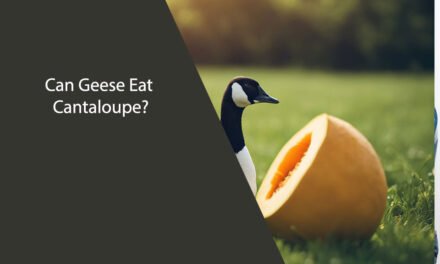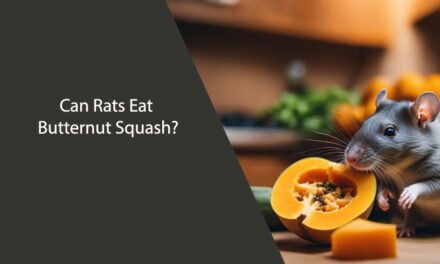Tortoises are known for their herbivorous diet, which includes a variety of vegetables and fruits. However, not all plants are suitable for their consumption. A common question that arises among pet owners is whether tortoises can eat radish leaves. In this article, we will explore the topic and provide you with a clear answer.
Radish leaves are often used in salads and other dishes, but can they be fed to tortoises? The answer is yes, tortoises can eat radish leaves. In fact, they are a good source of nutrients such as calcium, vitamin C, and vitamin A. However, it is important to note that radish leaves should only be fed to tortoises in moderation, as they contain goitrogens, which can interfere with the absorption of iodine and cause thyroid problems if consumed in large quantities.
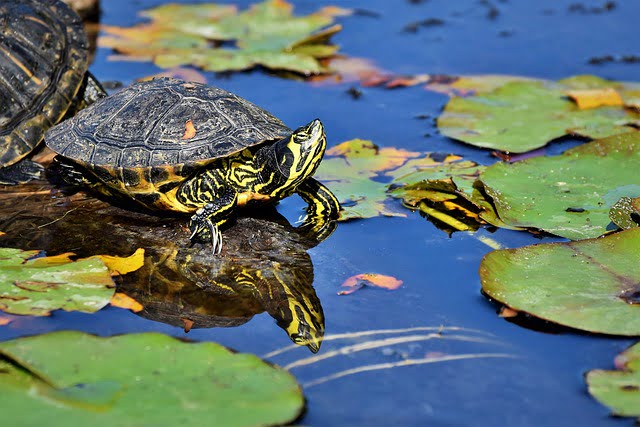
Table of Contents
Understanding Tortoise Diet
Tortoises are herbivores, which means they primarily eat plants. In the wild, their diet consists of a variety of grasses, weeds, flowers, and leaves. As pets, it’s important to replicate their natural diet as closely as possible.
One key aspect of a tortoise’s diet is fiber. Tortoises require a high-fiber diet to maintain a healthy digestive system. This means that their diet should consist of a variety of plants that are high in fiber, such as leafy greens, hay, and other roughage.
Another important aspect of a tortoise’s diet is calcium. Tortoises require a lot of calcium to maintain strong bones and a healthy shell. This means that their diet should include calcium-rich foods, such as dark leafy greens, calcium supplements, and calcium-rich vegetables.
It’s important to note that not all plants are safe for tortoises to eat. Some plants can be toxic and cause serious health problems. Before feeding your tortoise any new plant, make sure to research it thoroughly and consult with a veterinarian.
Overall, a healthy tortoise diet should consist of a variety of high-fiber plants and calcium-rich foods. By providing your tortoise with a well-balanced diet, you can help ensure that they live a long and healthy life.
Can Tortoises Eat Radish Leaves?
Radish leaves are safe for tortoises to eat. In fact, they are a great source of vitamins and minerals that can benefit your tortoise’s health.
However, it is important to note that radish leaves should only be given to tortoises in moderation. Too much of any one type of food can upset their digestive system and cause health problems.
When feeding radish leaves to your tortoise, make sure to wash them thoroughly to remove any dirt or pesticides. You can also chop them into small pieces to make them easier for your tortoise to eat.
Overall, radish leaves can be a healthy addition to your tortoise’s diet as long as they are given in moderation and prepared properly.
Health Benefits of Radish Leaves for Tortoises
Radish leaves are a great source of nutrition for tortoises. They are rich in vitamins, minerals, and other important nutrients that can help keep your pet healthy. Here are some of the health benefits of feeding your tortoise radish leaves:
- Vitamin C: Radish leaves are a good source of vitamin C, which is essential for maintaining a healthy immune system. Vitamin C also helps to prevent scurvy, a condition that can cause weakness, lethargy, and other health problems in tortoises.
- Vitamin A: Radish leaves are also rich in vitamin A, which is important for maintaining healthy eyesight, skin, and immune function. Vitamin A also helps to support the growth and development of young tortoises.
- Calcium: Tortoises need calcium to maintain strong bones and shell. Radish leaves are a good source of calcium, which can help prevent bone and shell deformities.
- Fiber: Radish leaves are high in fiber, which is important for maintaining a healthy digestive system. Fiber can help prevent constipation and other digestive problems in tortoises.
- Antioxidants: Radish leaves contain antioxidants, which can help prevent damage to cells and tissues caused by free radicals. Antioxidants may also help to prevent certain types of cancer in tortoises.
Overall, feeding your tortoise radish leaves can be a great way to provide them with the nutrition they need to stay healthy and strong. Just be sure to feed them in moderation, as too much of any one food can be harmful to your pet.
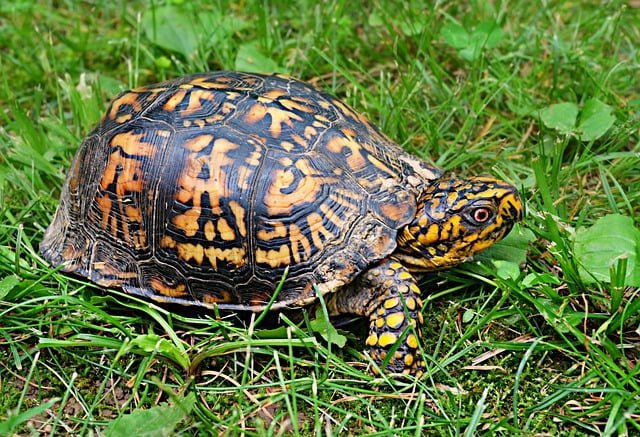
Potential Risks of Feeding Radish Leaves to Tortoises
Feeding radish leaves to tortoises can be risky as it may cause health problems. Although radish leaves are safe for human consumption, it is not the same for tortoises. Radish leaves contain a high amount of oxalic acid, which can bind to calcium and cause calcium deficiency in tortoises.
Calcium deficiency can lead to metabolic bone disease, which can cause deformities, fractures, and even death in tortoises. Therefore, it is essential to limit the amount of radish leaves that you feed to your tortoise.
In addition, radish leaves may also contain pesticides, herbicides, and other harmful chemicals that can be toxic to tortoises. Always ensure that the radish leaves that you feed to your tortoise are organic and free from any harmful chemicals.
It is also important to note that tortoises have a specific dietary requirement, and feeding them the wrong food can lead to health problems. Therefore, it is best to consult with a veterinarian or a reptile specialist before feeding any new food to your tortoise.
How to Feed Radish Leaves to Tortoises
When feeding radish leaves to tortoises, it is important to remember that these should only be given as a treat and not as a staple food. Radish leaves are high in oxalic acid, which can bind to calcium and lead to the formation of kidney stones in tortoises if given in excess.
To feed radish leaves to tortoises, we recommend the following steps:
- Wash the leaves thoroughly to remove any dirt or pesticides.
- Chop the leaves into small pieces to make it easier for the tortoise to eat.
- Offer a small amount of radish leaves as a treat, no more than once or twice a week.
- Monitor your tortoise’s health and behavior to ensure that it is not experiencing any negative effects from the radish leaves.
As with any new food, it is important to introduce radish leaves gradually to avoid upsetting the tortoise’s digestive system. If you notice any signs of illness or discomfort after feeding radish leaves, stop immediately and consult a veterinarian.
Alternatives to Radish Leaves in Tortoise Diet
When it comes to feeding tortoises, it’s important to provide a varied diet to ensure they receive all the nutrients they need. While radish leaves can be a healthy addition to their diet, there are other options to consider as well. Here are some alternatives to radish leaves that you can include in your tortoise’s diet:
1. Dandelion Greens
Dandelion greens are a great alternative to radish leaves. They are high in calcium, iron, and vitamins A and C. They also have a high water content, which can help keep your tortoise hydrated. Just make sure to avoid feeding your tortoise dandelions that have been sprayed with pesticides.
2. Collard Greens
Collard greens are another healthy option for your tortoise. They are high in calcium and vitamins A and C. They are also low in oxalates, which can be harmful to tortoises in large amounts.
3. Mustard Greens
Mustard greens are a good source of calcium, iron, and vitamins A and C. They also have a slightly spicy flavor that some tortoises enjoy.
4. Endive
Endive is a leafy green that is high in vitamins A and K. It also has a high water content, which can help keep your tortoise hydrated.
5. Escarole
Escarole is another leafy green that is high in vitamins A and K. It is also low in oxalates, which makes it a good choice for tortoises.
Remember to always introduce new foods slowly and in small amounts to ensure your tortoise tolerates them well. And be sure to provide a varied diet to ensure your tortoise gets all the nutrients they need.
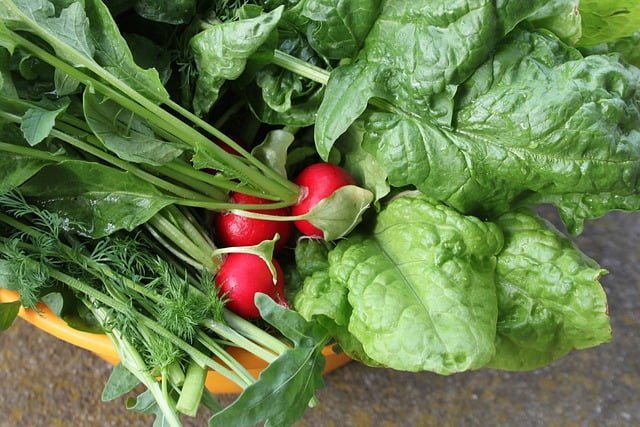
Frequently Asked Questions
What vegetables can tortoises eat?
Tortoises can eat a variety of vegetables, including dark leafy greens like kale and collard greens, as well as carrots, squash, and bell peppers. It’s important to provide a balanced diet and avoid feeding them too much of any one type of vegetable.
Can tortoises eat beets?
Yes, tortoises can eat beets in moderation. Beets are high in oxalic acid, which can bind to calcium and prevent it from being absorbed by the tortoise’s body. Therefore, it’s important to feed beets sparingly and in combination with calcium-rich foods.
Can tortoises eat cucumber?
Yes, tortoises can eat cucumber in moderation. Cucumber has a high water content and is low in nutritional value, so it should not make up the majority of a tortoise’s diet.
Can sulcata tortoises eat radish leaves?
Yes, sulcata tortoises can eat radish leaves in moderation. Radish leaves are a good source of vitamin C and other nutrients. However, it’s important to avoid feeding them too much, as they are high in oxalic acid.
What greens can tortoises not eat?
Tortoises should not eat greens that are high in oxalic acid, such as spinach, Swiss chard, and beet greens. These greens can bind to calcium and prevent it from being absorbed by the tortoise’s body.
What leaves are good for tortoises?
Tortoises can eat a variety of leaves, including dandelion greens, hibiscus leaves, and grape leaves. It’s important to research the specific type of leaf before feeding it to your tortoise, as some leaves may be toxic.


